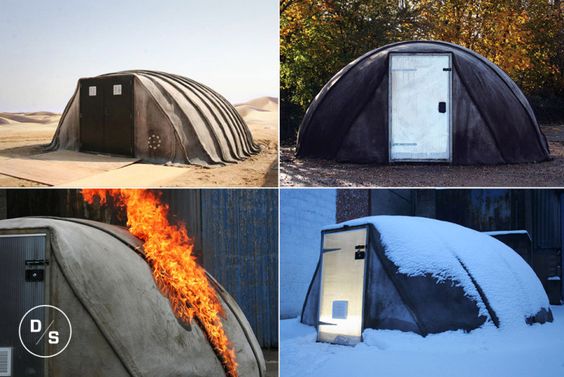If you're looking for the best in new tech that can benefit you in protecting your family or prepare for the worst situations, then you've probably heard of concrete canvas and their option of portable inflatable shelters. But is this really worth the cost?
And what in the world is concrete canvas anyway?
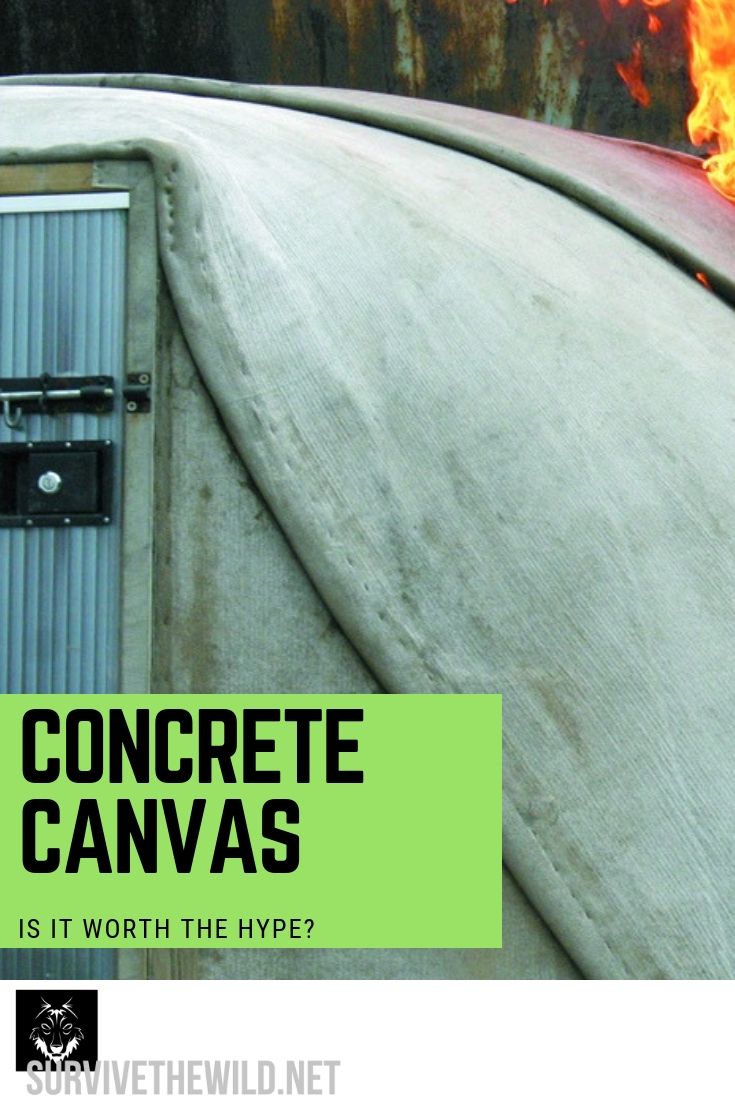
We're going to take a look at this new-fangled invention and find out if it would fit the needs of protecting your family, be a portable post shtf bug out shelter, or just something to play with around the house. And maybe you'll think of some other uses for it as we go, and if you do then please share those ideas in the comments below, thanks!
What is Concrete Canvas?
In short, it's exactly what it sounds like according to concretecanvas the material is a flexible, concrete impregnated fabric that hardens when hydrated to form a thin, durable, water proof and fire-resistant concrete layer.
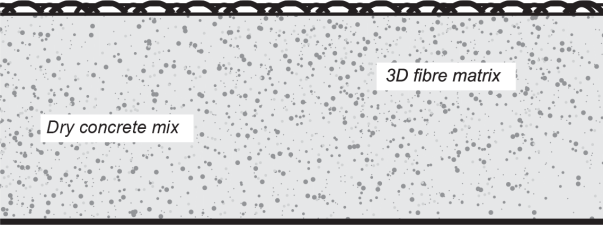
The top layer of the fabric is a woven fibrous surface that absorbs water when saturated (this will be important when we look at how it works later). Under that layer is a 3-dimensional fibre matrix containing a specially formulated dry concrete mix. Finally a PVC backing on the under surface of the material ensures the material is waterproof.
Uses For Concrete Canvas
You can buy this material in rolls to use sheets at a time for tasks such as ditch lining, slope protection, and of course the infamous concrete shelters! The applications of this material are limited only to what you can drape it over and apply a frame to.
The ministry of defense was actually one of the first to jump on this new building material, and used it for use as a covering for sandbag walls in Afghanistan. Next came an order for a Network Rail project. Using a conventional method – preparing the concrete offsite and then transporting it in slabs
How it Works
Simply spreading this material over a window or trying to wear it as is isn't going to do you any good. And for anyone's sake please don't test it's fire-resistant ability without activating it first! It sounds dumb, and feels even worse to type, but I'm sure there's someone who's going to think this stuff is magic from the Jetsons and try to test it's limits without reading the directions.
To activate the concrete canvas
Unroll the needed amount of canvas to cover the project, lay it out as the finished product should look. Or if you're looking at a shelter simply unpack it as the directions state, and inflate it. Easy enough, right?
Hydrate the material, it is concrete after all. This is where the magic happens, please don't set it on fire to test it until you've done this and the next few steps.
Let the material set for the specified period of time for your material thickness and humidity of the environment it's being assembled in.
So What About the Concrete Canvas SHELTER?
I don't think we're alone in assuming that if the price is right that this material could prove to be very useful to many people. Not just for those needing a bug out shelter or compound, but to make a real difference in the world.
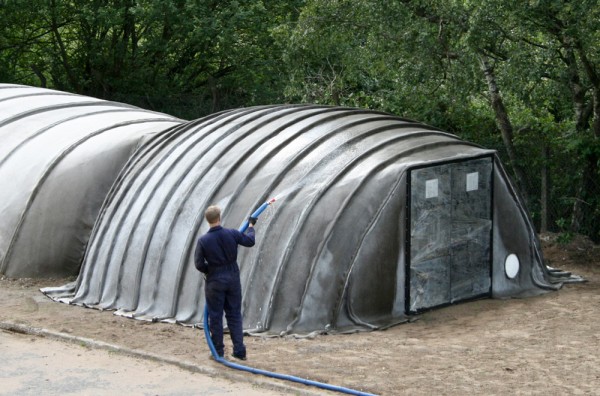
But the company that is the main producer of this fabric isn't putting a lot of stock in the idea of boosting the concrete shelters, just because the demand for it isn't as high as the raw material itself.
I'm sure if you bought the rolls alone you could figure out how to make a frame for your shelter anyway. There's no real need to have a ready made shelter in a bag unless you're looking to have a place to set up a bug out location when the shtf, and you're just willing to pay for the convenience.
Benefits of the CC Shelter
Rapid Construction
A 25sqm CCS can be deployed by 2 people in less than 1 hour and is ready to use in only 24 hours.
Secure
The hard shell and lockable doors of a CCS provide a level of security not possible with soft skinned structures, protecting stores, equipment and personnel.
Durable
CCS are far more durable than conventional soft skinned tents with a design life of over 10 years. Also are fire and ice resistant, making it a year round shelter option.
Earth Bearing
The compressive structure of CCS has been modelled to be covered with sand or earth fill, to provide additional thermal mass and insulation providing excellent level of thermal performance.
Concrete Canvas Shelter Cost
This is the biggest question about this material, and unfortunately this is also what holds most people back from moving forward. These shelters aren't cheap, and you need to remember that you're paying extra to have a pre assembled unit be shipped to you ready to use. And that is what drives the cost up the most.
According to the interview by National Geographic a Concrete Canvas shelter would cost 15,000 to 20,000 pounds, in the U.K., for a one-off ($23,000 to $30,000), but the price steps down if you are buying volumes.
And this is where most people hit the back button or close the browser in a fit of rage. But rest easy friends because we want to make this dream come true for you!
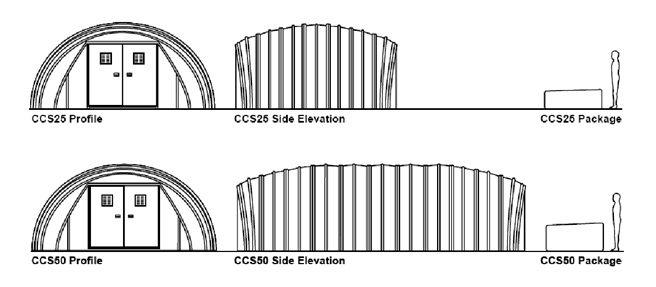
DIY Concrete Cloth Shelter?
Sure, why not?
We haven't laid any plans that have been tested ourselves, mainly because this material is in the new stages and not being mass produced economically, yet.
But if you look at the structures as they're being inflated, they're nothing more than frames with the material heavily sewn in (ok maybe not sewn literally, but you get what we're trying to say). So with a little time and some will power it's not outside the realm of possibility to build something similar to this for a fraction of the cost!
The only real problem we would expect is managing the door.... Other than that it seems like it would be a simple process of buying the roll, making some mistakes, and finding a process that works for what you're wanting.

